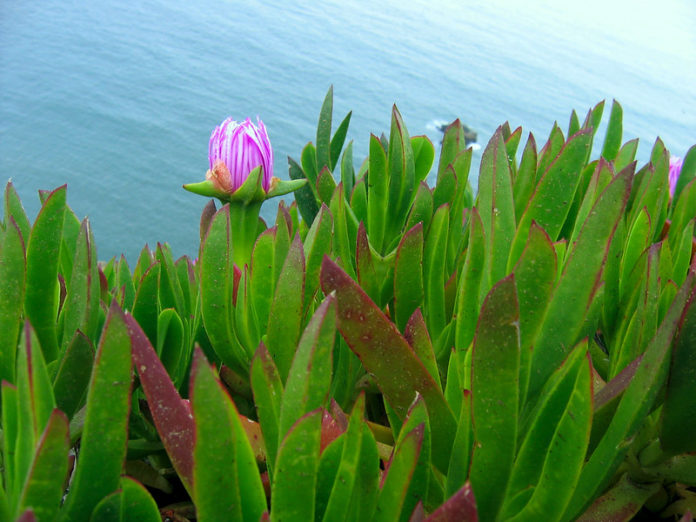Ice plants are not native to California, but in South Africa, they are exceedingly invasive and quickly colonize new places, resulting in severe detrimental impacts such as reduced biodiversity and altered ecosystems. It’s not only Ice plants but many other invasive plants like the Mexican feathergrass, Pampasgrass, and Big periwinkle, You have most likely seen these plants many times because of how they thrive in coastal counties. In most circumstances, native CA plants have little chance of competing against Ice Plants. What can we do to reduce ice plant invasions of native species?
As a community, raise awareness and initiate programs to restore habitats and establish native plants, with the goal of either reducing the invasive ice plant or restoring indigenous plant balance. For even better results, cooperate with other forms of management or organizations to conduct more studies on alternative strategies to reduce other invasive species. In California, we can start to plant native plants like California poppy, fuchsia, and coffee berry. This is a major issue for native animals because native insects will not eat alien plants which means the insects will disappear and when the insects disappear so do the birds because the birds will not have sustainable food sources.
The upbringing of alien plants can look like such a small effect but it can disrupt a whole ecosystem. In California, 28 native plants have gone extinct due to the harsh growth of invasive plants, and the side effects of climate change. Climate change is putting huge pressure on the native plants. Things you can do to help restore native plants for generations is by volunteering at your local native nursery.
